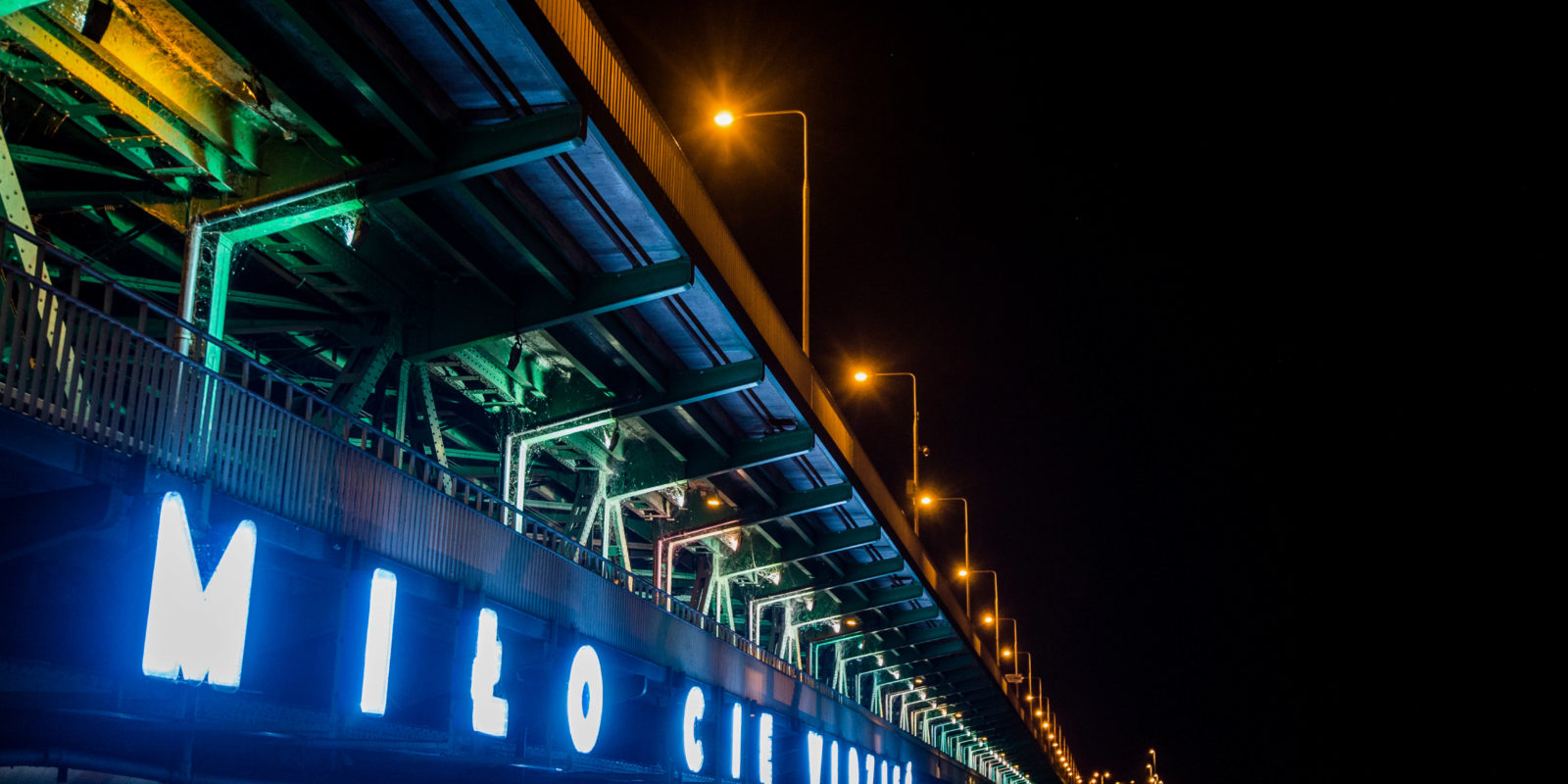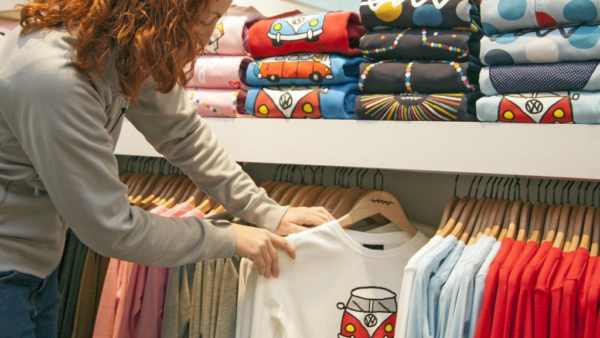Welcome to “Neon Nights: The Art and Science of Crafting Vivid Signage,” where we embark on a mesmerizing journey into the world of neon signs. The vibrant glow of neon has been lighting up our urban landscapes for over a century, painting the night with colors and messages that captivate the eye and stir the imagination. But have you ever wondered what goes into crafting these radiant symbols of the night?
In this blog, we delve into the fascinating blend of artistry and scientific knowledge that underpins every neon sign. We’ll explore the meticulous design process, the intricate craft of glass bending, and the fascinating physics that make a tube of gas glow with light. We’ll chart the journey of neon from its early days illuminating the streets of Las Vegas to its modern resurgence in trendy cafes and design studios. Finally, we’ll delve into the safety and sustainability considerations in neon sign making, shedding light on how this vibrant industry is evolving to meet modern challenges.
So, join us as we light up your knowledge about these vibrant beacons of the night. Welcome to Neon Nights!
“Understanding the Neon Sign: A Blend of Artistry and Science”
Neon signs, with their iconic glow, have become an essential part of our urban nightscape, as they blend artistry and science to create unforgettable visuals. The seemingly simple, yet, incredibly complex design process is a unique fusion of art, physics, and engineering.
If you’re seeking an experienced neon sign company, checkout Signmakers in Los Angeles. They have 30 years of experience in designing and manufacturing custom neon signs: https://signmakers.com/services/neon-signs/
Firstly, it’s essential to recognize the artistic dimension of neon signage. Each piece is meticulously crafted with an eye for design, typography, and aesthetics. From the initial sketches to the final product, artists pay great attention to the details, ensuring the sign captures the essence of the brand or the message it intends to deliver. This creativity allows neon signs to be a versatile visual medium, enabling them to serve a wide array of industries, from retail to restaurants, bars, art galleries, and more.
On the scientific side, the production of neon signs involves a fascinating process rooted in the principles of physics and engineering. The foundation of neon sign-making lies in the controlled bending of glass tubes, which are subsequently filled with neon or other noble gases. When an electrical charge is applied, these gases illuminate, producing the sign’s distinctive, vibrant glow.
Moreover, the different colors seen in neon signs are achieved through a combination of different gases, phosphorescent coatings, and colored glass tubes. For instance, pure neon gas provides a fiery red, while argon delivers a bluish hue. The exploration and application of these scientific aspects make neon sign production a unique blend of artistry and science.
As a result, neon signs offer more than just a means of advertising or wayfinding. They are also a testament to human creativity, merging art and science to transform everyday spaces into dynamic, colored landscapes that enrich our visual experience.
The Creation Process: How Neon Tubes Become Illuminated Messages
The process of making neon signs is as much an art form as it is a scientific procedure, combining creativity, craftsmanship, and a fundamental understanding of physics and chemistry. Let’s walk through the fascinating journey of how neon tubes evolve into vibrant, illuminated messages.
Step 1: Conceptualization and Design
Every neon sign starts with a concept and a design. Whether it’s a brand’s logo, a catchy slogan, or an artistic representation, the design is first outlined on paper or created digitally, setting the stage for what the final product will look like. Precise measurements are taken at this stage to ensure the sign will fit perfectly in its intended location.
Step 2: Glass Bending
Next comes the art of glass bending, a delicate and skilled process that brings the design to life. Skilled artisans heat and bend glass tubes to match the design’s outlines. This step requires an immense level of skill and patience, as each curve and line of the design is shaped by hand.
Step 3: Filling the Tubes
Once the glass tubes have been shaped, they’re ready to be filled with neon or other gases like argon. Each end of the tube is sealed, and a vacuum is used to remove any air inside. Then, the chosen gas is added under low pressure.
Step 4: Electrodes and Electricity
Electrodes are then attached to each end of the tube. When electricity is applied, it excites the gas particles inside, causing them to glow. The type of gas used, along with the color of the glass tubing and the phosphorescent coating inside, determines the color of the light produced.
Step 5: Installation and Final Touches
Once the tubes are tested and working, they’re mounted onto a frame or backing material that supports the design. Wiring and transformers are added to control the electrical current flowing through the sign. Then, the neon sign is ready to be installed and light up its new home.
The process of crafting neon signage is undoubtedly a testament to human ingenuity. It’s where creativity meets science, and where a simple tube of glass is transformed into a vibrant, glowing masterpiece.
The Evolution of Neon: From Las Vegas Lights to Hipster Decor
Neon signs, despite their modern appeal, have a rich history dating back to the early 20th century. Over the years, these brightly glowing beacons have evolved from a dominant form of advertising to a revered aesthetic in contemporary design. Let’s take a journey through the vibrant evolution of neon, from the glitz of Las Vegas to the hipster cafés of today.
The Early Days of Neon
The first neon signs were introduced in the early 20th century, notably with Georges Claude’s “Cinzano” sign in Paris in 1912. With their unique ability to capture attention even in the dark, neon signs quickly became a popular choice for businesses around the world. They were primarily used as outdoor advertising, illuminating everything from soda pop shops to movie theaters.
The Heyday of Neon: Las Vegas Lights
Neon’s popularity exploded in the mid-20th century, particularly in the United States. The city of Las Vegas became a neon paradise, its skyline filled with extravagant neon signs advertising casinos and entertainment venues. The “Welcome to Fabulous Las Vegas” sign, erected in 1959, is perhaps the most iconic example of neon’s heyday, and it continues to be a beloved symbol of the city today.
The Decline and Resurgence of Neon
Despite its initial popularity, the advent of cheaper, more efficient signage solutions like LED caused a decline in the use of neon from the late 20th century. However, neon has seen a significant resurgence in recent years, not only in commercial settings but also in interior design and art installations. It’s now common to see neon signs in trendy cafés, design studios, and even homes, where they add a touch of retro-cool and vibrant ambiance.
Neon as a Medium of Art
Today, neon’s appeal goes beyond its function as a signage tool. Artists worldwide are harnessing neon’s unique aesthetics to create stunning art installations. These works often play with neon’s ability to evoke feelings of nostalgia, juxtaposing its historical connotations with contemporary themes.
The journey of neon is a testament to its enduring appeal. It’s more than just a type of signage—it’s a symbol of our cultural history and an ongoing source of artistic inspiration. As we move forward, it will be exciting to see where the glowing allure of neon takes us next.
Color Your Night: The Science Behind Neon’s Vibrant Hues
The radiant colors of neon signs that light up our nights are not only a visual feast but also a fascinating demonstration of scientific principles. To appreciate this, we delve into the science behind how neon signs produce their signature vibrant hues.
The Physics of Glowing Gas
Neon signs owe their glow to a physical phenomenon known as gas discharge. This process involves sending an electric current through a sealed glass tube filled with gas. As the electric current passes through the gas, it excites the gas atoms, causing them to release photons—tiny particles of light. The color of the light emitted depends on the type of gas used and the energy levels of its atoms.
Neon’s Fiery Red
True neon gas, a noble gas, produces a characteristic bright red glow when electrified. This is because the atoms of neon gas have a particular set of energy levels, and the energy difference between these levels corresponds to the energy of red light photons.
Beyond Red: A Spectrum of Colors
While the term “neon sign” has become a catch-all for all electrified gas-discharge signs, neon gas itself is only responsible for that classic red color. A spectrum of other colors can be achieved by using different gases or combinations of gases. For example, argon gas produces a lavender color when electrified, but if it’s combined with a bit of mercury, the result is a brilliant blue light.
Colored Glass and Phosphor Coatings
In addition to using different gases, sign makers also manipulate the color of the light produced by coating the inside of the glass tubes with phosphor or using colored glass. The phosphor absorbs the ultraviolet light produced by the gas discharge and re-emits it as visible light of a different color. This process is called fluorescence and it allows for a wider range of colors beyond what could be achieved with gas discharge alone.
In the end, the creation of neon signs is a scientific spectacle, a delightful intersection of art and physics. The next time you marvel at a neon sign, you’ll appreciate not just its vivid colors but also the fascinating science that brings those colors to life.
Safety Measures and Sustainability: The Considerations in Neon Sign Making
Creating neon signs involves more than just the interplay of art and science. It also requires a keen understanding of safety protocols and a commitment to sustainability. Below, we explore these considerations that are essential in neon sign making.
Handling High Voltages and Heat
Working with neon signs involves dealing with high voltages and high temperatures. During the manufacturing process, the glass tubes are heated to make them pliable for bending. Furthermore, to make the gas inside the tubes glow, a high-voltage current must be applied. Safety measures during these stages are crucial to protect the sign makers. Proper training, use of protective equipment, and adherence to electrical safety regulations are a must in every neon workshop.
Handling Gases Safely
Neon and other noble gases used in sign making are generally safe to handle. However, some signs use gases like mercury, which can be hazardous if not handled correctly. Therefore, it’s essential to follow proper handling protocols when working with different gases, ensuring they don’t escape into the environment or pose a risk to the health of the workers.
Sustainability in Sign Making
Neon signs, despite their charm, consume a considerable amount of energy. However, strides are being made in the industry to reduce the environmental footprint of neon signage. Some companies are now using energy-efficient transformers and more sustainable manufacturing practices to minimize their impact on the environment.
One of the significant shifts is the move towards LED neon signs. These signs imitate the glow of traditional neon using energy-efficient LED technology. While they can’t quite replicate the unique aesthetic of real neon, they offer a more eco-friendly alternative that is cheaper to run and easier to maintain.
Sign Restoration and Recycling
Instead of producing new signs, some companies focus on restoring old neon signs, extending their life and preserving a piece of history. When neon signs reach the end of their life, it’s also possible to recycle parts of them. The glass tubes, metal electrodes, and even the gases can be reclaimed and reused, reducing waste and making the neon sign industry a little greener.
The manufacturing of neon signs, like any industry, carries its set of safety and environmental challenges. However, with the proper measures in place and a move towards more sustainable practices, neon sign making can continue to be a vibrant and responsible art form.









